Here is another 19th century photographic absentee. How historians were getting away with things like this is hard to understand. May be scrutinizing the absence of the photographic evidence was not really a thing, but I have hard time believing that we are the first ones to notice the lack of photographs.

KD: We allegedly had 3,500,000 people fighting after getting "mobilized". What would it take us today to mobilize 3.5 mil people?

KD: Approximately 750,000 soldiers were allegedly fighting it out in the city of Paris between 19 September 1870 and 28 January 1871.
Just like with the US Civil War, and the Russian Crimean War, we have tons of drawings, paintings, sketches and other non-photographic images. Are we witnessing the images produced in order to support the made up narrative?

We also have some photographs which appear to be sharing certain common traits. I believe these traits suggest that these photographs were made using dressed up actors.
KD: This is just my opinion, but here is what I think as far as this Franco-Prussian war goes:
Franco-Prussian War
19 July 1870 - 28 January 1871
(~6 months)
On 16 July 1870, the French parliament voted to declare war on Prussia and hostilities began three days later when French forces invaded German territory. The German coalition mobilized its troops much more quickly than the French and rapidly invaded northeastern France. The German forces were superior in numbers, had better training and leadership and made more effective use of modern technology, particularly railroads and artillery.19 July 1870 - 28 January 1871
(~6 months)
- A series of swift Prussian and German victories in eastern France, culminating in the Siege of Metz and the Battle of Sedan, saw French Emperor Napoleon III captured and the army of the Second Empire decisively defeated. A Government of National Defence declared the Third French Republic in Paris on 4 September and continued the war for another five months; the German forces fought and defeated new French armies in northern France. Following the Siege of Paris, the capital fell on 28 January 1871, and then a revolutionary uprising called the Paris Commune seized power in the city and held it for two months, until it was bloodily suppressed by the regular French army at the end of May 1871.
- ~ 180,000 soldiers and 250,000 civilians died
The Siege of Paris
The siege of Paris, lasting from 19 September 1870 to 28 January 1871, and the consequent capture of the city by Prussian forces, led to French defeat in the Franco-Prussian War and the establishment of the German Empire as well as the Paris Commune.- In Paris, the Governor and commander-in-chief of the city's defenses, General Louis Jules Trochu, assembled a force of 60,000 regular soldiers who had managed to escape from Sedan under Joseph Vinoy or who were gathered from depot troops. Together with 90,000 Mobiles (Territorials), a brigade of 13,000 naval seamen and 350,000 National Guards, the potential defenders of Paris totaled around 513,000.
KD: Approximately 750,000 soldiers were allegedly fighting it out in the city of Paris between 19 September 1870 and 28 January 1871.
Photographic Evidence - where?
Obviously the entire Franco-Prussian was was more than just the Siege of Paris, but it's irrelevant for the purposes of this article. We could analyze any other conflict within the limits of this specific war, i.e. the Siege of Metz, the Battle of Sedan, etc. The result is going to be the same - we have no photographic proof of the actual events. Yet, we are talking about 1870s here, and the proper technology was obviously there.Just like with the US Civil War, and the Russian Crimean War, we have tons of drawings, paintings, sketches and other non-photographic images. Are we witnessing the images produced in order to support the made up narrative?
We also have some photographs which appear to be sharing certain common traits. I believe these traits suggest that these photographs were made using dressed up actors.
- Clean Uniforms
- Shaved Faces
- Not enough people to account for the alleged events
- No combat photographs
Photographs: The Siege of Paris
I chose this Siege of Paris due to it being a good example of the ridiculousness of the PTB provided narrative. We have a demolished city, where in addition to 1,000,000 civilian population we were supposed to have 750,000 soldiers. Civilian and military casualties were supposed to be close to 70,000 people. What do we have for evidence?Prussian artillery during the siege

A company of the French National Guards

Saint-Cloud after French and German bombardment during the battle of Châtillon

Siege of Paris

The Neptune, the first balloon used to carry mail during the Siege of Paris,
being prepared for launching, 23 September 1870

1871 Paris: People, Damages and Clean Up
Where are the people, what weapons caused these damages and who cleaned up the streets?



































A company of the French National Guards
Saint-Cloud after French and German bombardment during the battle of Châtillon
Siege of Paris
The Neptune, the first balloon used to carry mail during the Siege of Paris,
being prepared for launching, 23 September 1870
1871 Paris: People, Damages and Clean Up
Where are the people, what weapons caused these damages and who cleaned up the streets?
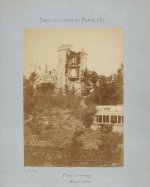
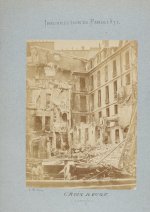
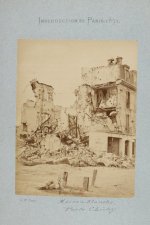
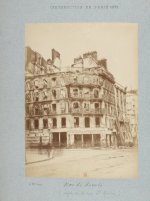
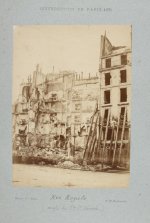
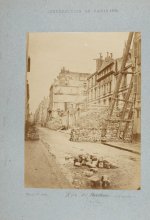
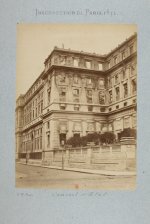
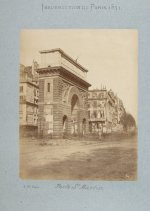
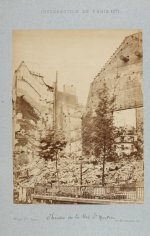
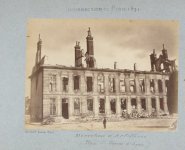
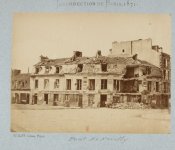
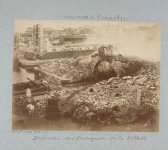
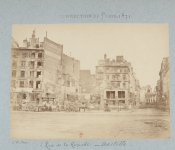
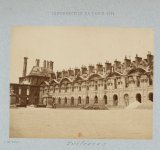
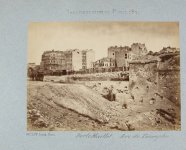
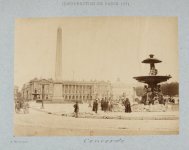
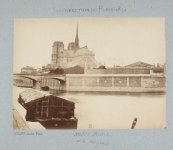
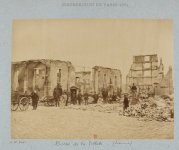
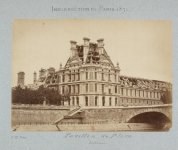
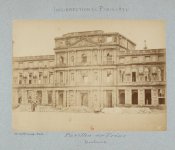
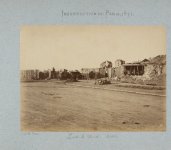
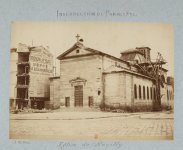
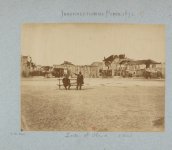
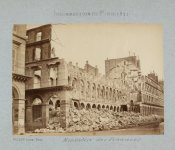
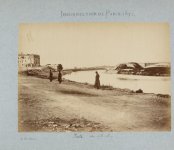
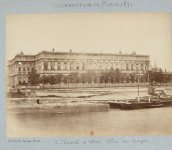
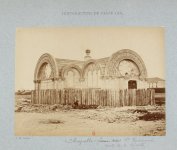
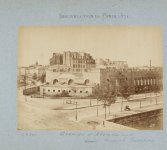
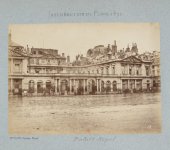
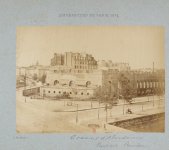
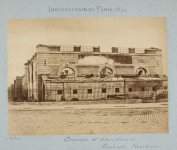
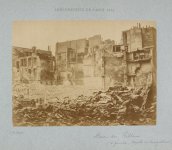
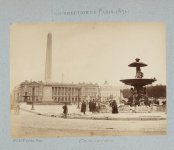
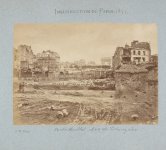
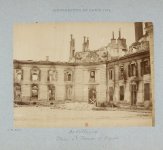
KD: This is just my opinion, but here is what I think as far as this Franco-Prussian war goes:
- We have multiple photographs of the aftermath of an unknown event which is being passed for the Franco-Prussian war.
- Photographs where groups of soldiers are present appear to be created at some point after the event. Soldiers wear clean uniforms, are shaven and remind me of mass actors.
- Not a single photograph pertaining to the actual combat, while drawings are plenty.

